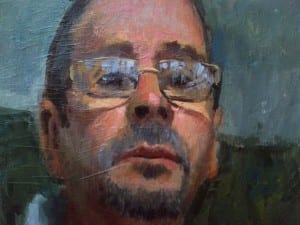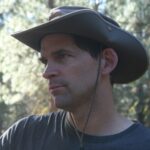The OPA 24th Annual National Exhibition & Convention will be held in St. Augustine, Florida at Cutter & Cutter Fine Art’s Brilliance in Color Gallery April 29 – May 3, 2015. OPA member Eve Albrecht was able to chat with two of our scheduled speakers to give you some background information about them. Joe Gyurcsak is the resident artist at Blick Art Materials and Utrecht Brand. He also participates in educational programs and is the company’s technical manager as well. Scott Gellatly is the resident artist and product manager of Gamblin Artists Colors. Both gentlemen have interesting beginnings in their art careers. Read on to learn more.
Q: How did you discover you wanted to study and practice/teach fine art?
Q: Many people believe they must have a “talent” already before they can paint or draw. Do you believe this?
Q: Were you already able to paint before you went to study art?
Q: What are your thoughts, Joe, on Learning Fine Art with Workshops?

Q: At what point should an artist stop taking classes and workshops and develop one’s own style?
Q: Which artists or workshops have influenced your painting style and technique most?
Q: How did you start to earn money with your art?
Q: How has your painting practice changed since you started working for Gamblin and Dick Blick respectively?
Q: Scott, can you describe what a typical day/week looks like in your artist life?




Marsha Savage says
Thoroughly enjoyed the questions and answers. I think it is important for us to see how a professional works a job and also continues to incorporate art into their lives. Too many artists say they don’t have enough time. If you love it, you find a way. Thank you for these thoughtful questions and the artists for their replies that point the rest of us to potential answers in our own lives.